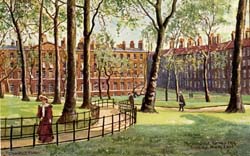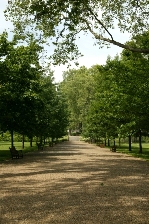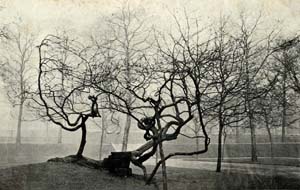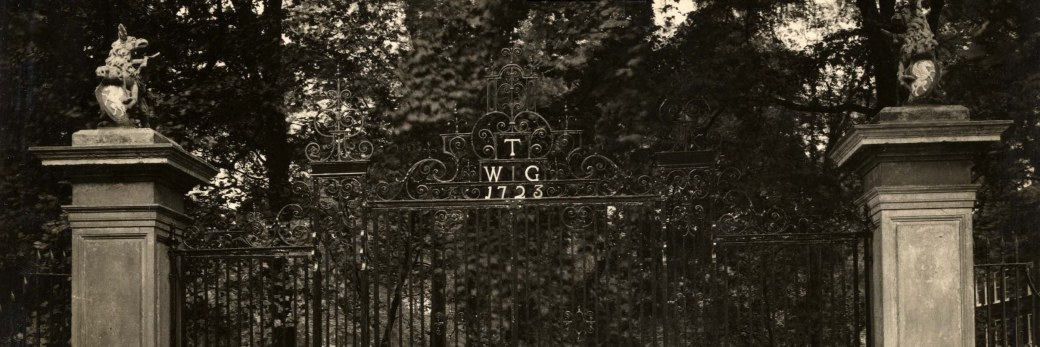 Gray’s Inn Gardens, known as “the Walks”, were laid out by Sir Francis Bacon in 1608.
Gray’s Inn Gardens, known as “the Walks”, were laid out by Sir Francis Bacon in 1608.
Where the sloping banks are today, a retaining wall was constructed surmounted by privet hedging and at the northern end by ballustrading. In 1609 Bacon had a summer-house built upon a mount on the Upper Walks where No 5 Raymond Buildings stands today. The roof was supported on slender pillars and topped with a lofty gilt griffin. The house was dedicated to the memory of his friend and fellow Bencher, Jeremy Bettenham (donor of much of the Inn’s early silver). To the north and south of the house were flower gardens, later to be replaced by rows of trees.

The avenues of trees, clipped into shape, lasted throughout the 17th century, the Walks becoming a place of fashion. Samuel Pepys in the first year of the Restoration (1660) – always one with an eye for the ladies – noted “to Gray’s Inn where I saw many beauties” and to the Walks “where great store of gallants, but above all Mrs Frances Butler is the greatest beauty”.
In 1701 the Walks were the scene of a duel between Captain Greenwood and Mr Ottway. This unfortunate encounter resulted in the killing of Mr Ottway and the trial of Captain Greenwood and his conviction for manslaughter.
 On the west side of the Great Walk can be seen the single twisted trunk of an ancient catalpa, the remains of a greater tree crushed beneath an up-rooted plane-tree in the hurricane of 1987. Legend has it that this tree was planted by Sir Francis Bacon, but it is more probable that it was an import from the Orient a hundred years later.
On the west side of the Great Walk can be seen the single twisted trunk of an ancient catalpa, the remains of a greater tree crushed beneath an up-rooted plane-tree in the hurricane of 1987. Legend has it that this tree was planted by Sir Francis Bacon, but it is more probable that it was an import from the Orient a hundred years later.
In 1802 the Walks themselves fell prey to development with the start of Verulam Buildings and by 1825 Raymond Buildings was completed (soon to provide the solicitor’s office where articled clerk, Charles Dickens, first started work at the high desk to be seen in the Doughty Street Museum).

